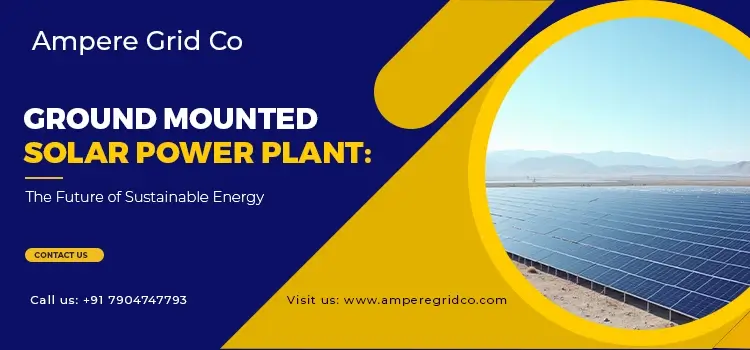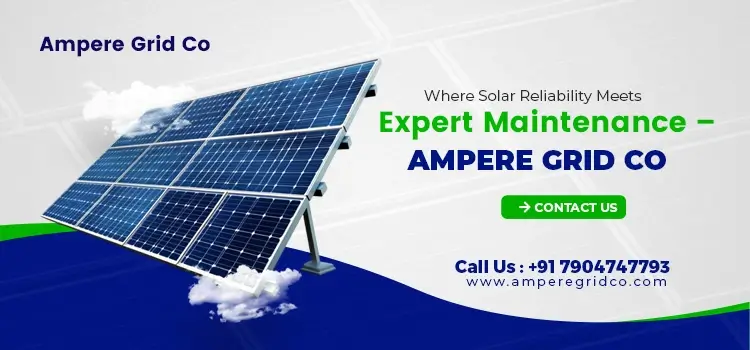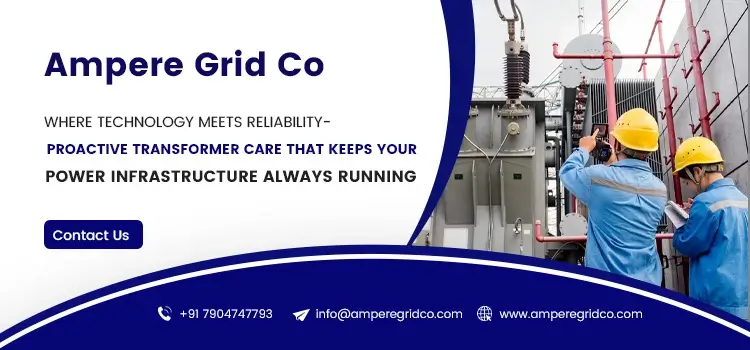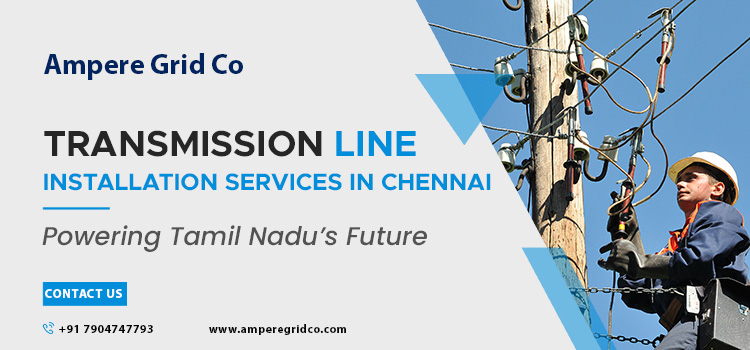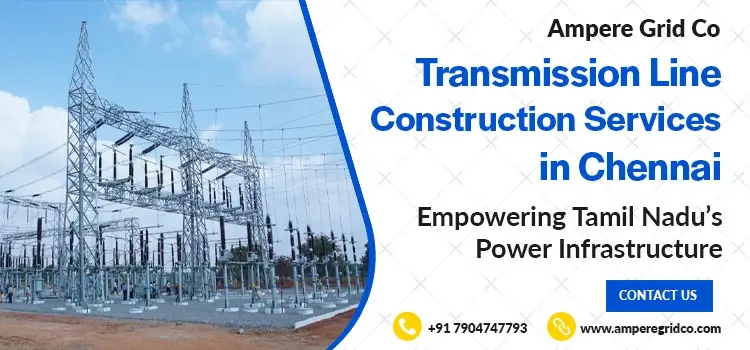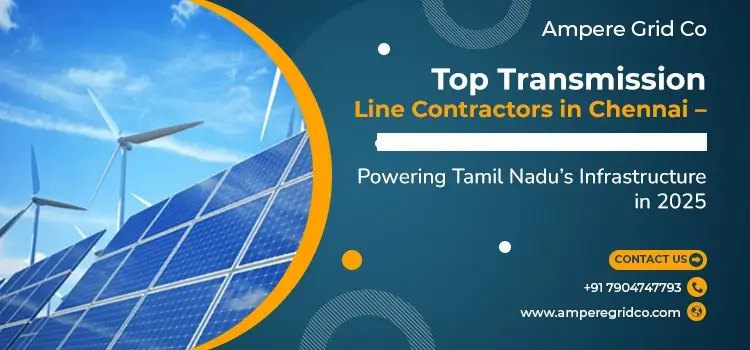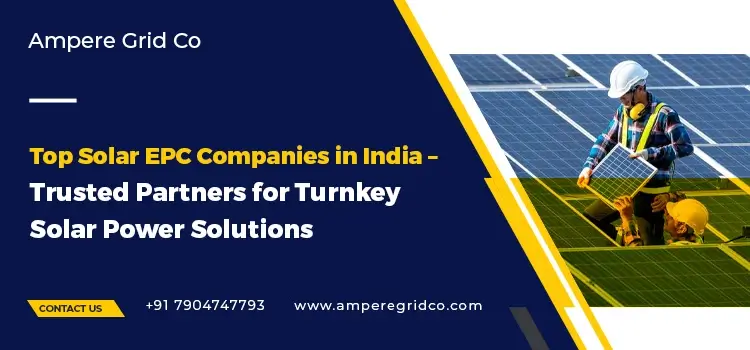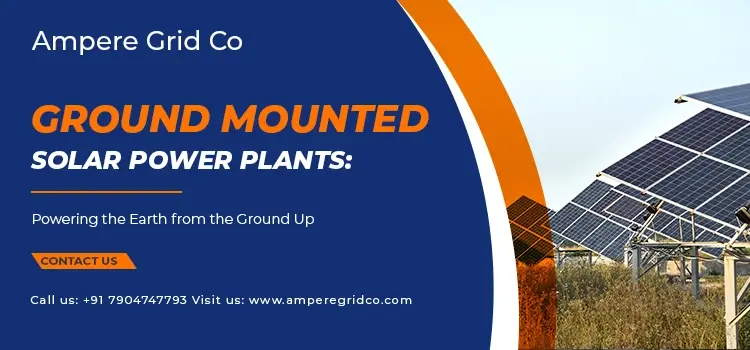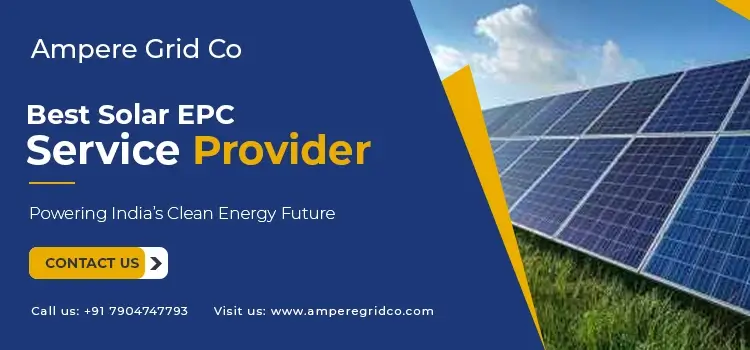As the global demand for clean energy continues to rise, ground mounted solar power plants are emerging as a highly efficient and scalable solution. Whether powering a rural community or supplementing the energy grid, these installations are revolutionizing the renewable energy landscape.
What is a Ground Mounted Solar Power Plant?
A ground mounted solar power plant is a large-scale photovoltaic (PV) system where solar panels are installed directly on the ground rather than on rooftops. These solar panels are typically arranged in rows and aligned to maximize sunlight exposure throughout the day.
Types of Ground Mount Systems:
- Fixed Tilt Systems: Panels are mounted at a fixed angle.
- Single-Axis Tracking Systems: Panels rotate to follow the sun’s path, increasing efficiency.
- Dual-Axis Tracking Systems: Panels adjust both vertically and horizontally, offering maximum sun exposure.
Key Benefits of Ground Mounted Solar Power Plants
1. Higher Energy Output
These systems can be positioned and angled for optimal solar exposure, leading to higher efficiency and energy yield compared to rooftop systems.
2. Scalability
Ground mount systems are ideal for utility-scale solar projects. Large areas of unused or barren land can be transformed into clean energy hubs.
3. Easy Maintenance
With ample space around the installations, maintenance teams can access the equipment easily for inspections, cleaning, and repairs.
4. Customizable Design
Unlike rooftop installations, ground-mounted systems aren’t constrained by roof size or shape. This flexibility allows for advanced tracking systems and better orientation.
Site Selection Criteria
Choosing the right location is critical for a successful ground mounted solar power plant:
- Land Availability: Preferably flat or gently sloping land with minimal shading.
- Sunlight Exposure: At least 4-6 hours of direct sunlight per day.
- Soil Stability: Soil should support the structural foundation of the solar arrays.
- Accessibility: Easy access for transportation of materials and maintenance activities.
Installation Process
- Site Survey and Feasibility Study
- Design and Engineering
- Land Clearing and Grading
- Foundation and Mounting Structure Installation
- Solar Panel and Inverter Installation
- Wiring and Grid Connection
- Testing and Commissioning
Environmental Impact
Ground mounted solar plants have a significantly lower environmental footprint compared to fossil fuel energy sources. They:
- Reduce carbon emissions
- Require minimal water usage
- Support biodiversity when designed with eco-friendly practices (e.g., planting native grasses)
Challenges to Consider
- Land Use Conflicts: May compete with agriculture or wildlife preservation in certain areas.
- Higher Initial Investment: Compared to rooftop systems, these projects can require more capital due to land development and mounting structures.
- Permitting and Zoning Regulations: Requires navigating local laws and environmental impact assessments.
Ground Mounted vs Rooftop Solar: A Quick Comparison
- Feature Ground Mounted Rooftop Solar
- Installation Cost Higher Lower
- Space Availability More flexible Limited to roof size
- Energy Efficiency Higher (with trackers) Moderate
- Maintenance Easier More difficult
- Aesthetic Impact Visible on land Discreet on buildings
Conclusion
Ground mounted solar power plants offer an effective, large-scale solution to meet the growing energy needs of the future. With the right planning, technology, and investment, they can play a critical role in achieving global sustainability goals and reducing dependence on fossil fuels.
